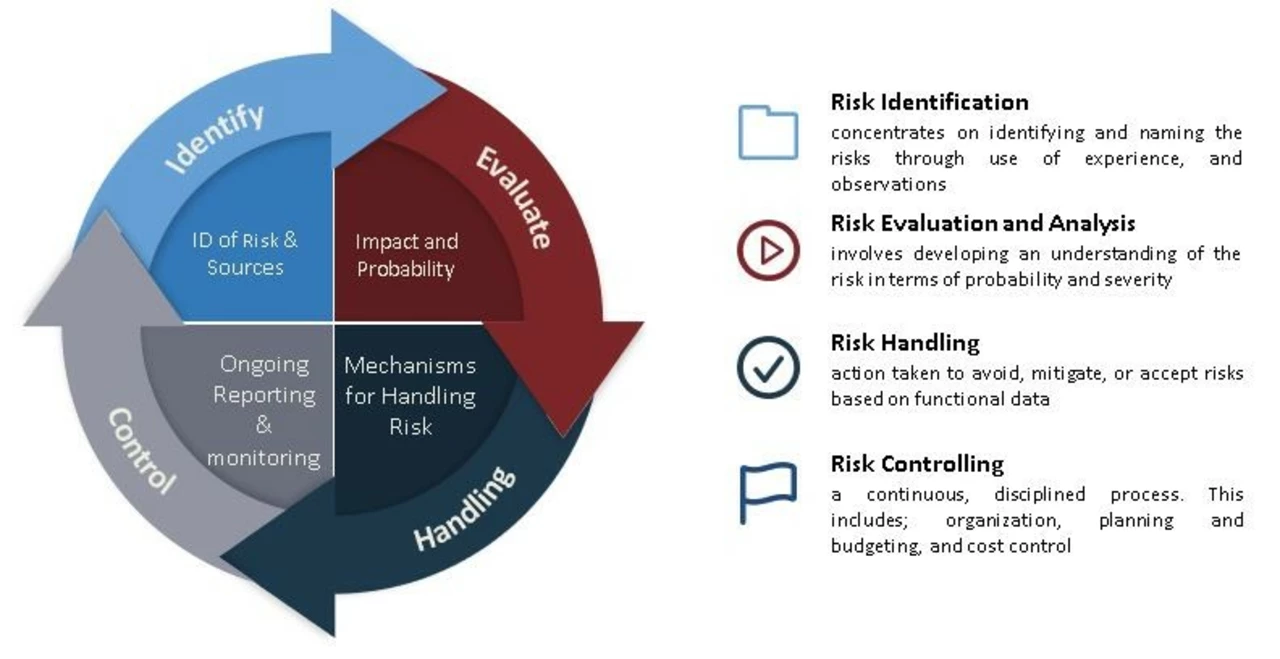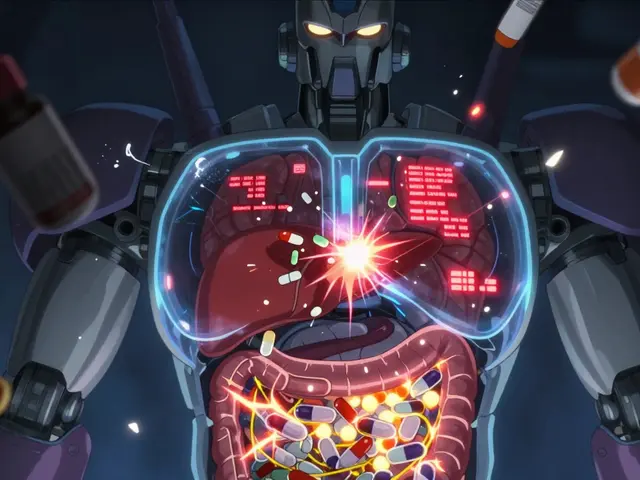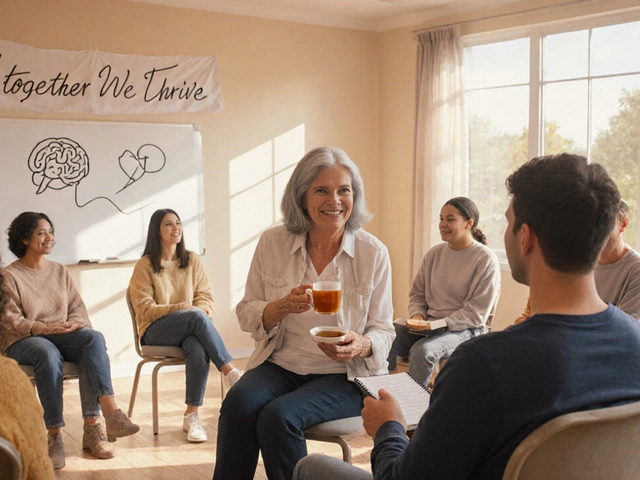Eradication: What It Means and How Medicines Help
Smallpox was wiped out by a focused vaccine program in 1980. That success keeps teaching public health teams what works: simple tools, clear goals, and constant tracking. Eradication is rare, but when it’s possible, the payoff is huge—no more illness, no ongoing treatment costs, and lives saved.
So what exactly is eradication? It means reducing a disease to zero worldwide so no new cases appear. That’s different from elimination, which targets zero cases in a region, and from control, which just keeps disease levels down. Eradication needs a tool that stops transmission (usually a vaccine or a highly effective treatment), reliable tests, and the political will to follow through.
Medicines play two big roles. First, vaccines prevent infections and break transmission chains—polio and measles efforts show how coverage matters. Second, drugs can reduce the pool of infected people fast. For example, mass azithromycin campaigns have helped control trachoma in many places. But drugs alone aren’t magic; misuse speeds resistance. That’s why antibiotic stewardship—right drug, right dose, right duration—is part of any eradication plan.
When eradication is realistic
Not every disease can be eradicated. There are a few must-haves: humans must be the only reservoir (no hidden animal hosts), there must be an effective and safe intervention, and we need easy diagnostics to find every case. Smallpox matched those boxes. Polio mostly does too, but low vaccination coverage and pockets of conflict keep it alive. Malaria is far harder because mosquitoes and parasite biology complicate the picture.
Operational issues matter as much as science: cold chains for vaccines, trained health workers, steady funding, and real-time surveillance. Even a great vaccine won’t finish the job if doses never reach remote villages or if cases go unreported. That’s why community trust and clear communication are part of eradication strategies.
What you can do right now
You don’t need to be a public health official to help. Get vaccinated on schedule and encourage family members to do the same. Take antibiotics only when prescribed and finish the full course—this slows resistance and keeps treatments useful for others. If you travel, check recommended vaccines and boosters for your destination. Support local campaigns: volunteer, donate to vetted health groups, or help share accurate info on social media.
Want specific reading? Our guides on common antibiotics explain how they’re used and why stewardship matters—see “Zithromax Uses, Side Effects & Tips” and “Erythromycin: Uses, Side Effects, and What to Know.” If you’re buying meds online, read “Where to Buy Vigamox Online: Safe Sources and Tips” so you avoid counterfeit products that hurt eradication efforts.
Eradication isn’t easy, but small, consistent actions—vaccination, correct medicine use, and supporting public health—make a real difference. If enough people play their part, rare successes become possible again.




